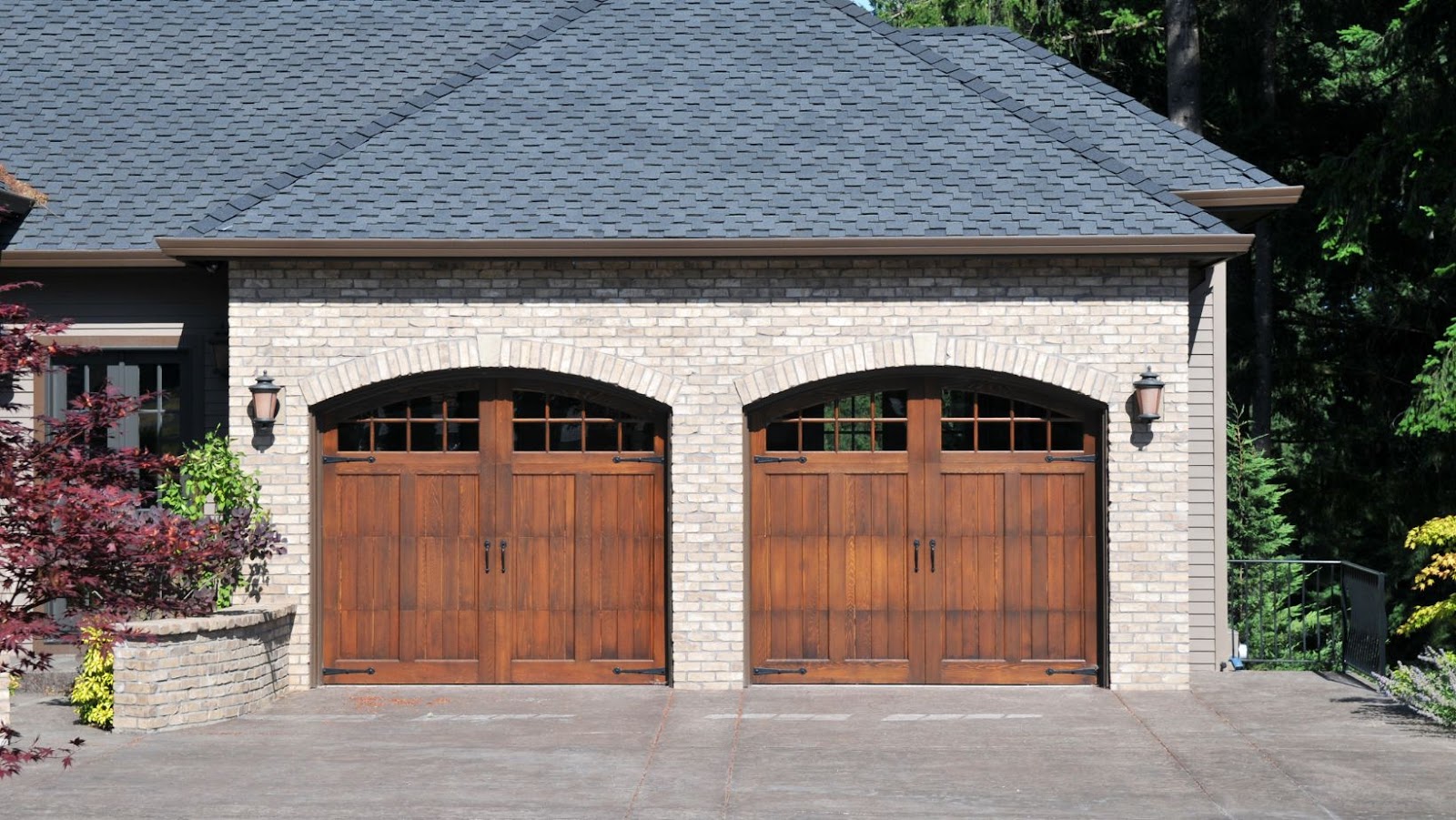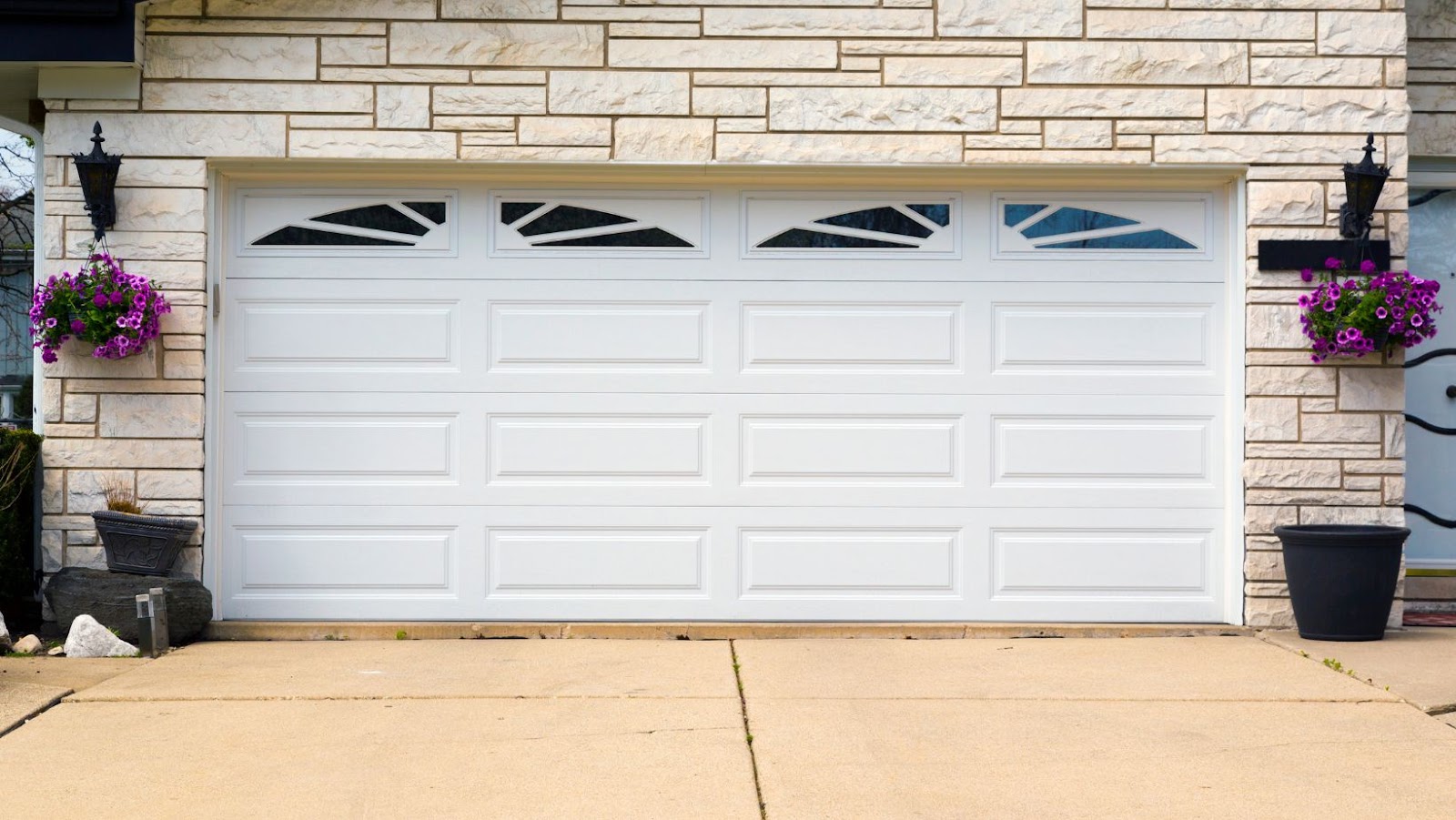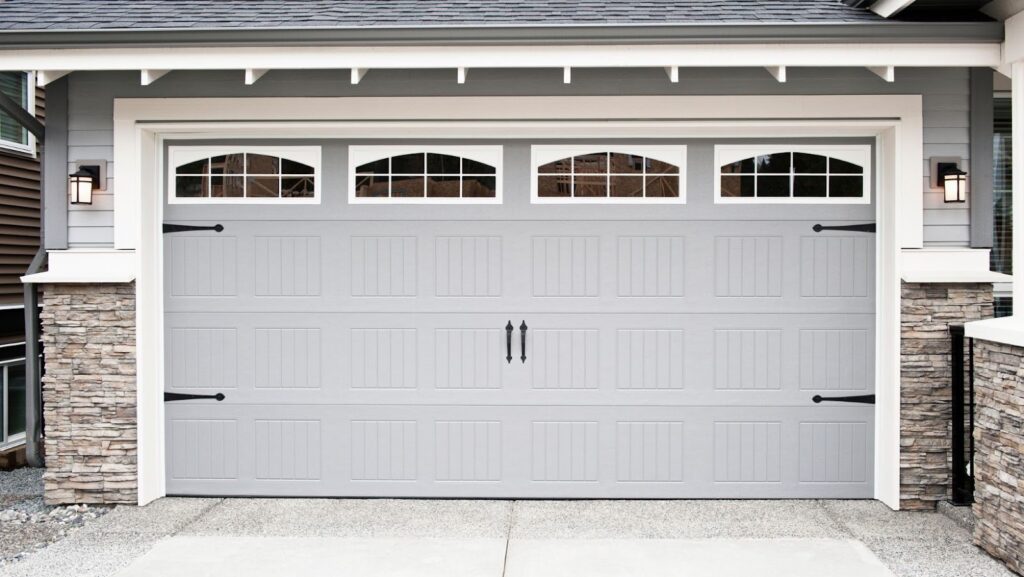Keeping a garage door in top condition can be tricky. Not only do you have to ensure that the door is always opened and closed correctly, but you also need to ensure it’s adequately sealed against the weather outside. It’s not enough to purchase a new garage door. You must understand how a garage door gets sealed on both sides of the frame to perform its best. In this article, we’ll explore all aspects of sealing up your doors so you can keep them functional and looking great. Read on to learn more about the different ways they get sealed, what materials are used, and other tips for maintaining your doors.
What Kind of Materials Are Used?
Weatherstripping is the most common way to weather seal a garage door. This material creates a barrier between the two sides of the frame, preventing air and moisture from entering. It also helps reduce noise and vibration when opening or closing the door. Weather stripping can be made of rubber, plastic, or metal strips on both sides of the door frame. It is vital to replace weather stripping regularly to keep your garage door sealed adequately and functioning at its best. For reliable weather sealing solutions and expert service, homeowners often trust New Braunfels Garage Door.
How Do You Apply Weather Stripping?
For weather stripping to work correctly, it must be applied along both sides of the frame. Begin by measuring the width of each side and then cutting weather stripping strips about one inch longer than the measurement. Next, you should attach weather stripping to both sides of the frame using screws or nails. Make sure to leave enough space between the weather stripping and the frame so that it can move when opened or closed. Finally, use a foam sealant around the edges of weather stripping for added protection from weather elements.
What Other Materials Are Used for Weather Sealing?
In addition to weather stripping, other materials can be used for weather sealing your garage door. Foam tape is an effective way to block air and moisture from entering through cracks in the doorframe and seams between sections of doors. Caulking can also provide additional protection from water damage by blocking out any gaps in the weather stripping.
What Should You Do to Maintain Weather Sealing?
To ensure that weather sealing is functioning correctly, it’s essential to do regular checks and repairs as necessary. Regularly inspect the weather stripping for any signs of damage or wear and replace it if needed. Additionally, check that the weather stripping is securely attached to both sides and reapply caulk or foam tape if necessary. Doing this will help protect your garage door from weather elements, ensuring it remains adequately sealed for years to come.
Why is Weather Stripping So Important?

Weatherstripping is an essential part of weatherproofing a garage door. Without weather stripping, air and moisture can quickly enter through cracks in the frame and compromise the integrity of your door. Weatherstripping also helps reduce noise and vibration when opening or closing the door, which can be annoying if left unchecked! Weatherstripping also helps prevent drafts from entering the home, making it more energy efficient and cost-effective in the long run. Weatherstripping is one of the best investments you can make for your garage door as it ensures that it remains functional for years to come.
How Do Weather Stripping and Weather Seals Work Together?
Weatherstripping and weather seals work together to maximize the weather protection of your garage door. Weather stripping creates a barrier between the frame’s two sides, preventing air, moisture, and drafts from entering. Additionally, weather seals can be used to further protect any exposed gaps in weather stripping or cracks in the doorframe. Both weather stripping and seals should be inspected regularly for signs of wear or damage to ensure they are functioning correctly. Doing this provides peace of mind knowing that your garage door is sealed tightly against weather elements and will remain so for years to come.
Installation Tips for Weather Sealing
When weather-sealing your garage door, following specific installation tips is essential. Begin by measuring the width of each side and then cutting weatherstripping strips about one inch longer than the measurement. Next, attach weather stripping to both sides of the frame using screws or nails. Make sure to leave enough space between the weather stripping and the frame so that it can move when opened or closed. Finally, use foam sealant around the edges of weather stripping for added protection from weather elements. Doing this will help ensure that your garage door is sealed correctly with no gaps or cracks left exposed.

Conclusion
Weather sealing is essential to keeping your garage door functioning correctly and free from weather elements. Weatherstripping and weather seals can create a barrier around the door’s frame that prevents air, drafts, and moisture from entering. Weatherstripping also helps reduce noise and vibrational damage when opening or closing the door. Therefore, it’s vital to follow some garage door maintenance tips and inspect weatherstripping and weather seals regularly for signs of wear or damage to ensure that your garage door is sealed correctly. These tips will help keep your garage door weatherproofed for years.


More Stories
3 Signs You Need to Know When Hiring a Plumbing Company for Your Home
3 Benefits of Hiring Fence Contractors For Residential Fencing Services
When It Rains, It Floods: How To Survive Surprise Home Repairs Without Going Broke